You may make the most perfect website in WordPress. Design, navigation, content, all may look too good for you, and you hope to rank high in the search results of Google. But if your WordPress website takes time to load, the website becomes a disaster. Viewers will quickly move to the next search result and leave your website. A website performs poorly when it takes time to load in the web browser. Delay in loading time is the most annoying thing for a viewer.
This is where WordPress speed optimization comes into the picture. It is a process or series of steps that make a website quick to load. A website that loads quickly within seconds makes the viewer interested in browsing it further and improves engagement. Websites are made to earn revenue, increase subscribers, and speed up the traffic coming to the website. The best way to do this is WordPress speed optimization.
What makes a website slow to load?
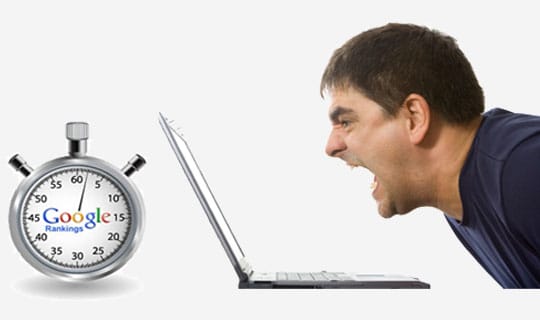
Getting to know what are the factors that make a WordPress website slow to load is a critical step. Quite often, the causes may be any of the following:
- Web hosting: A web hosting server stores the files, themes, and other assets of your website. Poor web hosting service may result in a website that is slow to load. It reduces the speed of your WordPress website.
- WordPress configuration: When a WordPress website does not have a cache, then it may cause an unnecessary load on your website. This may lead the website to crash.
- Page size: A webpage with uncompressed images will cause the images to load very slowly, and ultimately the WordPress website will not load fast.
- Bad plugins: Plugins that are not coded properly will also cause the website to load poorly.
- External script: WordPress websites that use external scripts like widgets, plugins, ads, fonts also cause the website to load slowly.
- Website themes: Website themes not optimized properly also cause a website to load slowly.
Recommended for you: 10 Best Google Review Plugins for WordPress.
Why is a WordPress website speed so important?

A slow-loading WordPress website is the one thing that is frustrating to users. A WordPress website with a slow loading speed often leads to a poor user experience. It also affects other factors such as:
- Poor SEO rank: Website speed is an important factor that Google uses for its rankings. It also looks at how the website speed is on desktop and mobile to determine its SEO rankings. Slow loading speed directly affects the SEO rankings of a WordPress website.
- Conversion rates: Slow-loading WordPress websites also reduce their conversion rates. Even if there is a delay in loading a website by a minuscule percentage, it affects the overall conversion rate. It is a critical factor in e-shopping websites where consumers are quickly trying to locate the best product.
- Bounce rate: Slower site speed also leads to a jump in bounce rates. A website that loads in 2 seconds has a low bounce rate compared to a website that loads in 5 seconds. People who browse websites on mobiles tend to leave a website that takes more than 5 seconds to load.
How to check the speed of a website?
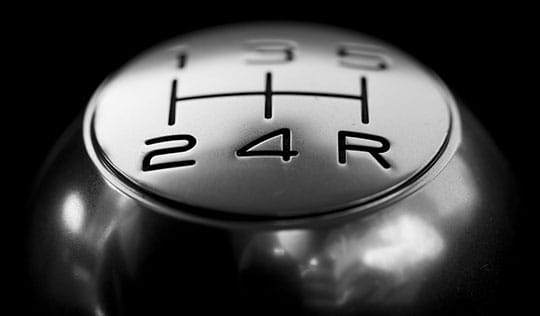
Fortunately, some website testing tools are available to test the speed of a website. Understanding how to use these tools will enable website owners and web administrators to speed up the website. Google prefers websites that load within a certain time. It also ranks such websites on the top of the SERP.
You must make a WordPress website that takes 1 to 3 seconds to load into the web browser. If you own a website, it will load faster into the web browser, due to the cache. But viewers, who are visiting the website for the first time, are the real viewers of the website. It is their experience of the website that will eventually decide how fast does your website load. Taking a note of your competitor’s website also helps you to compare the website loading speed. Some web analytics tools help you to know the website speed and some other parameters.
- Chrome user experience report: Users will know more than the speed of their website in the Chrome user experience report. They need knowledge of SQL.
- Lighthouse: Lighthouse solves many website issues besides letting users know about the speed of their website. It also reports the speed of 3G internet speed.
- Google page speed insight: Page speed insight by Google is an analysis tool that also gives valuable input on how to improve website issues.
- GTmetrix: GTmetrix provides reports in real-time, so developers can test their website’s loading speed. It even provides a report for mobile users.
- Fast or slow: It provides reports on a global scale. Fast or slow tests website speed from multiple locations around the globe.
More methods to try website speed
- Multiple devices: Try your website on both desktops and mobiles.
- Multiple locations: If your website is accessed in multiple locations, you should test it in those countries.
- Connection speed: Test your website through different internet connections. A slow internet connection will also affect the loading of a website.
Factors that determine the speed of your WordPress website
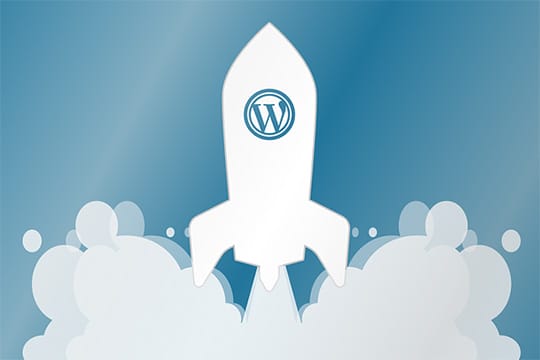
- First paint: It is the first pixel that appears on the screen after you’ve navigated to a website. It is the time interval between navigation and the first pixel that appears.
- First contentful paint: When the first section of a webpage appears on the screen. For example, a navigation bar, or any other section of a webpage.
- First meaningful paint: The first content that appears on the screen. It is the section of a webpage that the user has come to look for on the website.
- Time to interactive: When the website is visible it is called Time to Interactive. The users still cannot interact with the website, but only view it.
What is the best load time for a WordPress website?

A website that loads faster stands a much better chance to rank up high on Google search results. This is the case with both desktop and mobile users. However, a fully loaded website does not induce viewers to stick to it. How they feel when they see the website is also an important factor in deciding how well that site is perceived. The largest contentful paint is that point when the website is fully loaded, and the main content is visible on the screen. LCP should be within 2.5 seconds.
- If a user is accessing a WordPress website on mobile, then the website should load within 3 seconds.
- E-commerce websites should load within 2 seconds.
You may like: Advantages and Disadvantages of Using WordPress for Your Next PHP Project.
How will you optimize WordPress websites?
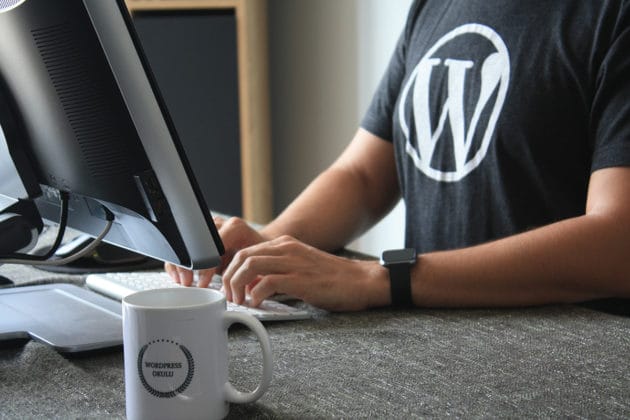
Some precise and practical steps will have to be taken if you want to optimize your WordPress website. These are discussed below.
Video hosting inside of WordPress

Uploading videos directly to WordPress will make a website slow. Videos will eat up your bandwidth, and your website may even crash as a result of the videos.
For a low-traffic website, we always recommend going with shared web hosting to cut the recurring cost. But if you host your videos on your own server, even a great shared web hosting like Namecheap will not be sufficient for you. Even in the case of unlimited bandwidth, it may cause your website to crash.
You may upload videos directly to WordPress. But you can and you should upload those videos to video hosting platforms like Vimeo, YouTube, etc. They have the required bandwidth to host videos. You can then just copy and paste the video URL and embed the video. You can upload videos, slides, images to a video hosting site instead of uploading them directly to a WordPress server.
Use optimized images

Images can engage your viewers. Any website with engaging images will boost the viewership of your website. Uncompressed images will take time to load. Uncompressed images have more details and colors, and they may be one of the reasons why your website takes time to load. Using compressed images, with less file size is quick to load. Before uploading raw, uncompressed images to your WordPress website, compress them. You may use image-editing software or use online image editors that are free to use.
Preview of content instead of the whole content

Showing the entire content on the homepage can have an adverse effect. Viewers will not feel like reading the entire content if they see the entire content the first time, they visit the website. Instead, use a short preview of articles on the homepage, and then redirect them onto another page, where the actual content is written. Like this, viewers will be able to see many articles and blog posts at once and decide for themselves which one do they want to read. It is also possible that your homepage will take more time to load if you have crammed the homepage with so many articles.
Use a Content Delivery Network (CDN)
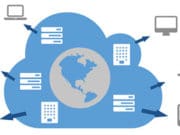
Using a content delivery network like StackPath will ensure that your website runs faster and takes less loading time. This is possible because the servers are distributed over the globe and not just in one location. Static files like images, scripts, CSS are stored on the servers, and when users visit the website, these static files are loaded first, as they are the closest to the user’s location. This distributed server network takes the load away from the main server, thus making the website load in just a few seconds. For example, if a user is accessing the website from somewhere in Europe, and the server is in Australia, it may take a bit longer for these static files to load. But when there is a server that is in Europe that is storing these static or unchanging files, then that server will load these files faster.
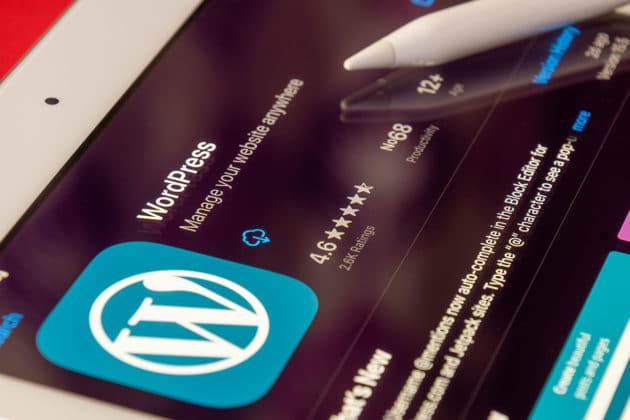
Use WordPress themes that are optimized for speed

Some website themes that look so beautiful are full of unnecessary animations, flashy headers, widgets, and poor layouts. They have features that are not seen on the screen but will slow down the loading time. Using WordPress themes with simple layouts works best as they are optimized for speed. Their coding, layouts, background processes are all optimized to load faster. WordPress themes are out there in the dozens that you can use to optimize your WordPress website or blog. You can add widgets or animations later on.
Using a fast plugin

As of general rule, the more plugins, the slower will be your site. Plugins add their load to the website in the form of HTTP requests, database queries, file size, etc. You should pay attention not just to the number of your plugins, but also to the quality of each plugin you install. Using plugins that are used frequently and are popular with web developers is recommended. Web themes like Elementor and Elementor Pro have built-in widgets that you can use instead of a plugin. You can use widgets for galleries, slides, social sharing, icons, contact forms instead of plugins.
Optimizing your WordPress database

A website database holds your content, scripts, images, videos, and much about every setting needed for your WordPress website to work. A complex database will reduce loading time, as database query will take more time to get all the info it needs. Cleaning and maintaining a database at regular intervals are thoroughly recommended to boost your website loading time. Plugins like WP Rocket and WP-Optimize will help in revising your website database regularly.
Recommended for you: 10+ Best Drag-and-Drop WordPress Page Builders.
Optimizing comments

A WordPress website with a comments section will add weight to the website and makes it slow to load. Normally, a busy comments section will add its weight in the form of an HTTP request, database query, user image, etc. Loading each comment will take time to load and make the website slow to load. Disabling the Comments section will speed up the website. However, if you want to show comments, you can install any lazy load WordPress plugin to display the comments or disable avatar images and reduce the HTTP requests.
Install a cache plugin

Browser cache will make a website load 2x to 5x speeds. Static images, CSS codes, images, fonts, flash animation files, JavaScript, HTML are all included in the cache, and they are stored in the user’s browser cache folder. It takes less time to load these files if proper cache plugins are used. Otherwise, users will have to load a fresh page every time they access the website, and it will take a slow to load these. These special plugins tell the browser how long to store the cache files, for example, 30 days, etc. WordPress plugins like W3 Total Cache have a browser cache feature or you can also go for standalone plugins.

Disable hotlinking

Hotlinking happens when a website has copied content from your website. So, when their website gets accessed by users, the website uses your bandwidth to load images and other files. It slows down your website too. Adding the following code to the “.htaccess” file is a sure-shot method to stop other sites from hotlink your images and other files.
RewriteEngine On
RewriteCond %{HTTP_REFERER} !^$
RewriteCond %{HTTP_REFERER} !^http(s)?://(www\.)?google\.com(/.*)*$ [NC]
RewriteCond %{HTTP_REFERER} !^http(s)?://(www\.)?example\.com(/.*)*$ [NC]
RewriteRule \.(jpg|jpeg|gif|bmp|zip|rar|mp3|flv|swf|xml|php|png|css|pdf)$ - [NC,F,L]Keep updating the PHP version

PHP is a server-side programming language and is installed on the web hosting server. WordPress uses PHP for its programming keeping PHP updated on the server speeds up the website. Updating the PHP version will speed up the website by 2x speed. The latest PHP version is 7, and it is highly recommended to keep it updated by a plugin.
Website firewall

Having a secure website firewall keeps off unwanted attacks and thefts to your WordPress website. Malware, hackers can reach your website server, and hack off precious data. It is recommended to have an active DNS level firewall security. It blocks unwanted malicious attacks and blocks hacking attempts.
Lazy load

Lazy Load is a WordPress plugin that loads only those images that viewers view on the screen. It means that when a user scrolls on the website, he sees only those images that are downloaded on the screen, rather than downloading every image, video. It will speed up the downloading of images and videos, as not all the videos and images will have to be pre-loaded, and only those that appear on the screen are downloaded for viewing. Lazy Load can be used to upload videos, images, slides, comments, Gravatars.
Google Ads

Inserting Google Ads on your website or web blog also slows down the speed of a website. You will need to observe and take note of how well the ad will load on the browser. If the website is poorly made, inserting an ad will make it even slower to load. Making changes to the layout of the ad, and how will it get displayed on the browser will help solve this problem.
You may also like: 10 Types of Websites You Can Build with WordPress.
Conclusion
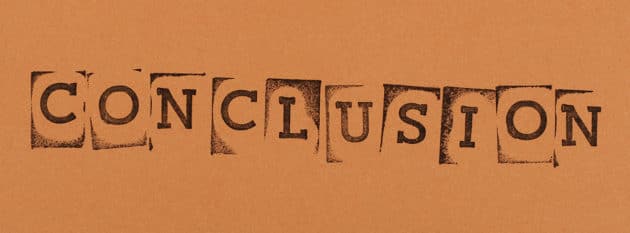
If you think that the above steps will speed up your WordPress website loading time, rethink it. There is no definite procedure for identifying what it is that is slowing your website. It is a process of identifying and searching for the factors that are slowing down the loading time of the website. Testing is key in this, and you will need to prioritize between what you are delivering through your website and how fast will it load on the web browser. You need to work out the perfect way that optimizes your website for speed and this will include some creative ideas and working within your limited web resources.





